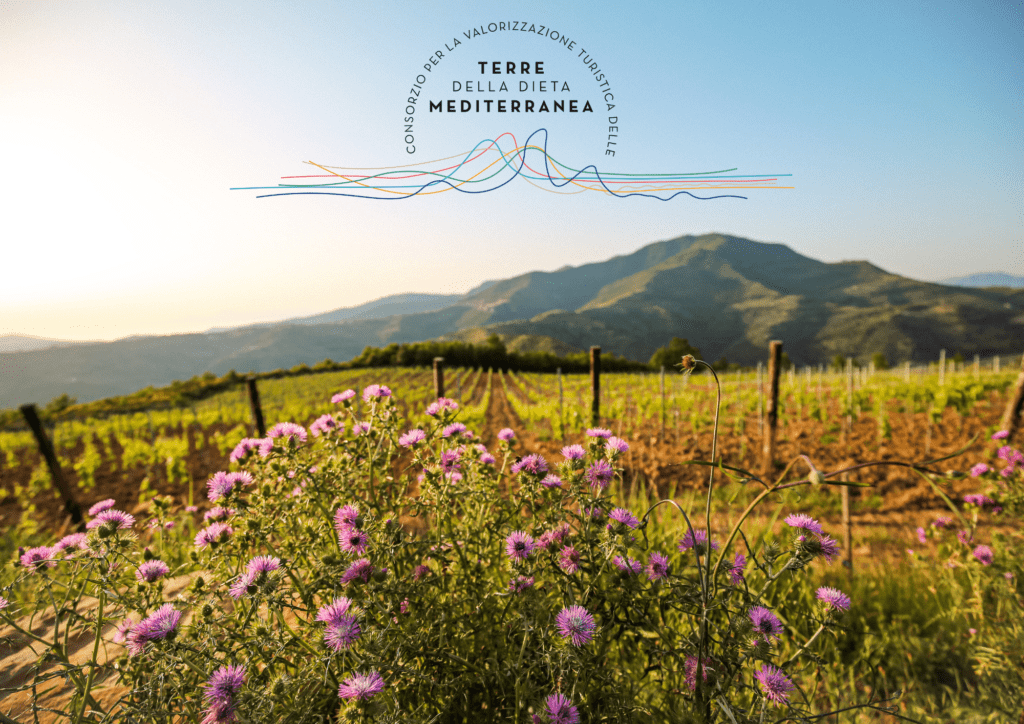Awakening the Potential of the (Still Forgotten) Mountain “Lands of the Mediterranean Diet” Through Conscious and Sustainable Tourism
Looking at our planet from an external perspective, we can clearly see that everything on Earth is a constant and continuous interconnection of habitats.
Habitats — those places that allow certain species to live, develop, and reproduce — are therefore places of life, richness, and diversity par excellence. From plants to animals, terrestrial to marine ecosystems, underground biodiversity to human settlements, it is impossible to consider habitats without the networks of relationships, interconnections, and exchanges resulting from them.
It is no coincidence that the very etymology of the word goes back to a Latin word — habitus, habito, habitare which naturally remind us the word inhabitant. Living in a certain place (a habitat, indeed) involves habits, that are the result of interactions with the surrounding landscape, it’s individuals, it’s communities, it’s rituals. This triggers a close link between places, humans, nature, biodiversity, and habits, the intersection of which gives rise to identity itself.
This week we celebrated World Habitat Day, the international occasion to reflect on the state of our habitats and to act to close the current gaps affecting the globe. Data on the current depletion of natural habitats are evident at different layers: deforestation and advancing desertification, ocean acidification, progressive urbanization of wild areas, and biodiversity loss are all critical aspects accelerating the pace toward Earth Overshoot Day. These are challenges that compromise the creation of safer cities and hinder essential human rights, such as the right to have access to adequate shelter, sufficient food, clean water, and local services.
The focus of this year is “Mind the Gap. Leave No One and No Place Behind” to look at the problem of growing inequality and challenges in cities and human settlements.
“(To leave no one behind) means making cities work for women and children and closing existing gaps: between the haves and the have-nots; within and between urban and rural areas; and within and between developed and developing regions.
Inclusive, safe, resilient, and sustainable cities and human settlements are crucial – and local action is key.” stressed António Guterres, Secretary-General of the United Nations.
Per saperne di più Medium qui.

